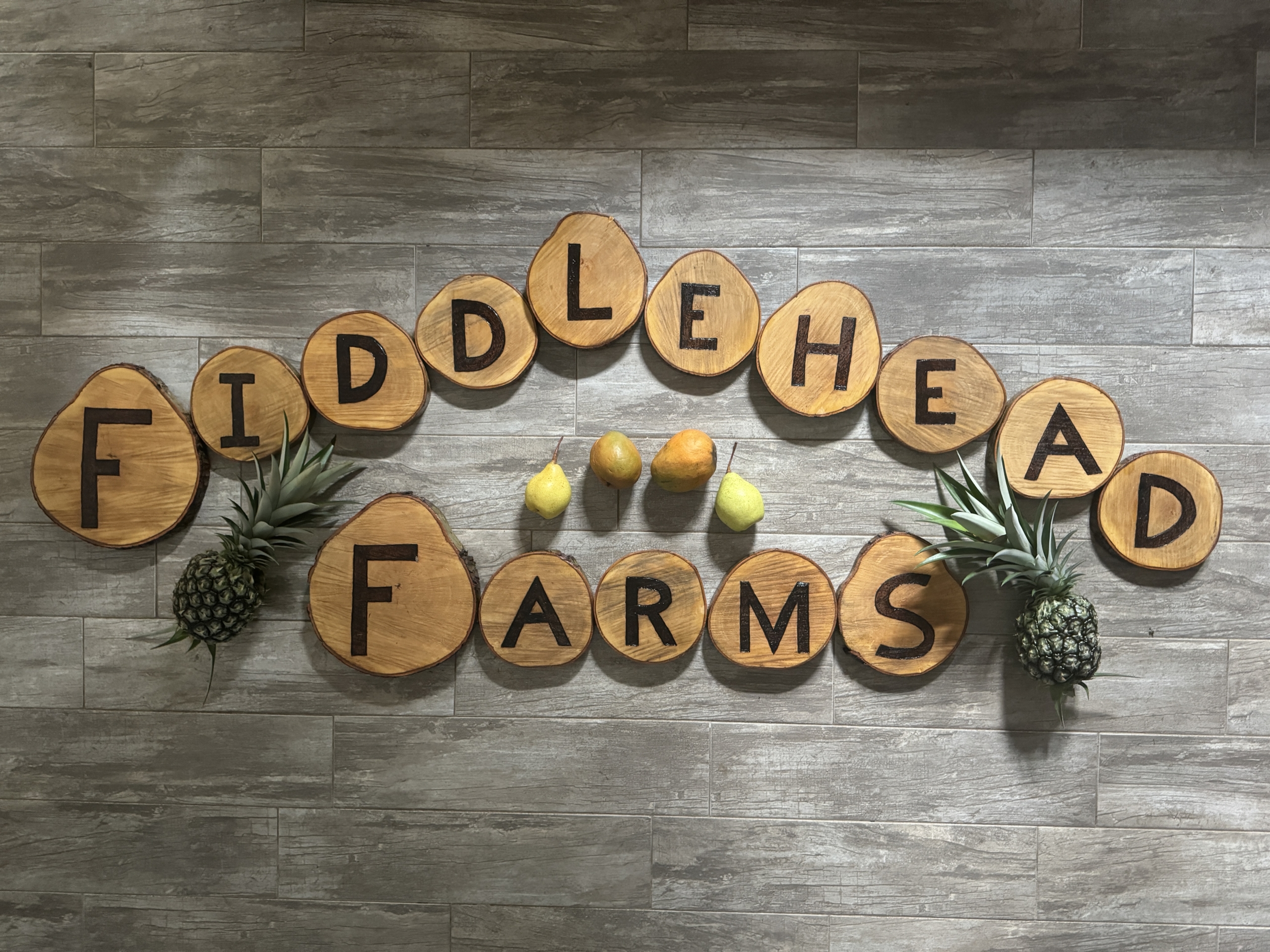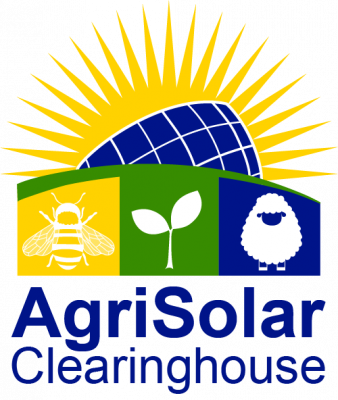Solar-Suitable Crops
THE LATEST
 AgriSolar News Roundup: Agrisolar in Nova Scotia, Albania Agrisolar Law, World Soil Day December 11, 2024 - 12:48 pm
AgriSolar News Roundup: Agrisolar in Nova Scotia, Albania Agrisolar Law, World Soil Day December 11, 2024 - 12:48 pm Case Study: Fiddlehead FarmsNovember 21, 2024 - 8:24 am
Case Study: Fiddlehead FarmsNovember 21, 2024 - 8:24 am
DON’T MISS
NATIONAL CENTER FOR APPROPRIATE TECHNOLOGY
Helping people build resilient communities through local and sustainable solutions that reduce poverty, strengthen self-reliance, and protect natural resources.
To learn more about NCAT and its mission, please visit: WWW.NCAT.ORG.
This material is based upon work supported by the U.S. Department of Energy’s Office of Energy Efficiency and Renewable Energy (EERE) under the Solar Energy Technologies Office Award Number DE-EE0009372.




 courtesy of eyeliam via Wikimedia
courtesy of eyeliam via Wikimedia